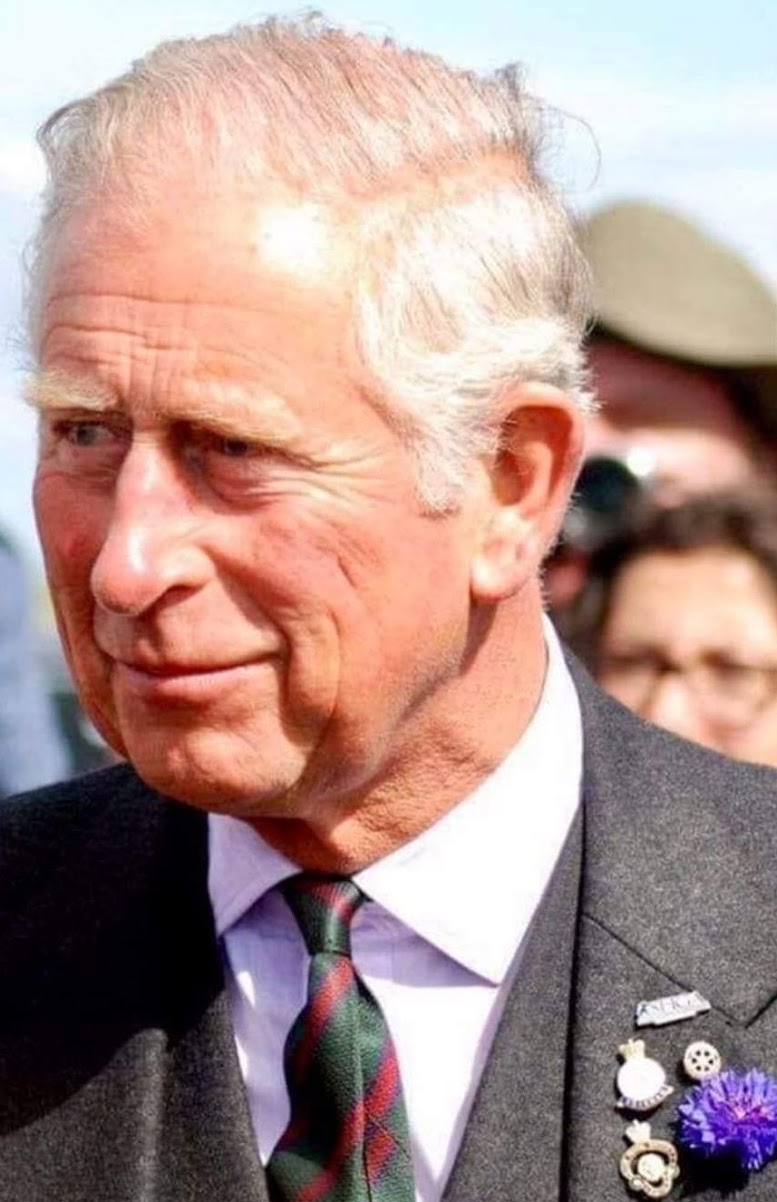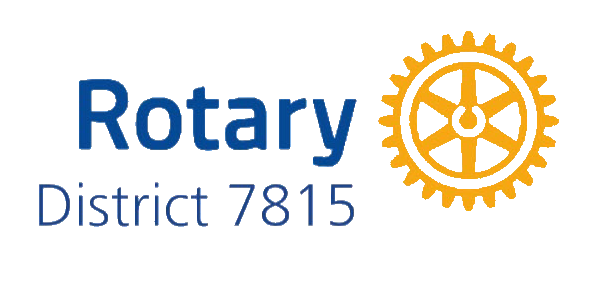
The first lapel pin was designed and made by a New York Rotary Club member in 1909. The forerunner of the traditional Rotary pin worn today, it featured the Rotary wheel in its earliest representation with eight spokes, no cogs, and no keyway. Trivia question – why does the wheel need a keyway?
The wheel became the symbol of Rotary in 1906, a year after Rotary’s formation in Chicago. Asked to design a symbol for the new club, a Chicago Rotarian drew a simple wagon wheel with a few lines to show dust and motion (14 spokes, no cogs, no keyway). Paul Harris reasoned that the wheel symbolized "Civilization and Movement." One observant Rotarian pointed out that a wheel would not generate clouds of dust in front of it, so they removed the offending cloud and that design remained the emblem for Chicago until 1912.
In 1910, the Rotary Club of Philadelphia added cogs to create a working wheel, symbolizing members working together, literally interlocked with one another to achieve the organization's objectives. They used 19 cogs in honour of their club, the 19th in Rotary. They created hundreds of metal pins with this design and successfully pitched it as the new official international wheel in 1912. It didn’t hurt that the president of the Philadelphia club [who had designed that club's emblem] became president of the International Association of Rotary Clubs at the 1912 Duluth convention.
In 1918, two Rotarian engineers petitioned Rotary to amend the design of the wheel. They argued that a cogwheel with 19 cogs would not work. Also, the emblem had square-cornered teeth of disproportionate size, and the cogs were irregularly spaced. One called it, “an anachronism to engineers.” Another called it "an insult to engineering that only the brain of an artist could conceive." They sketched a new wheel, with 6 spokes (symbolizing the 6 Objects of Rotary at that time) and 24 cogs or teeth. This design was presented to the Rotary world in 1920.
However, there remained many versions of the Rotary wheel in use around the world by the different clubs. It wasn’t until 1922 that the Rotary International Association declared that all Rotary clubs should adopt a single design as the exclusive emblem of Rotarians.
The Rotary Wheel is also referred to as our Mark of Excellence and it should not be altered in any way, or used in any graphics in a way that diminishes it – e.g., it should not be used as Mickey Mouse ears! The colours and how the wheel can be used are very specific – don’t mess with it! Check out the guidelines in the Rotary Brand Center.
So why wear a Rotary pin?
Have you ever been asked about your pin? I have. On airplanes, in grocery checkout lines, in meetings – it’s a great conversation starter. Wearing a pin is a wonderful way to show your pride in Rotary and to have an easy way to start a conversation about what Rotary means to you. Don’t miss that opportunity. Can you see the pin on this well-known guy’s lapel?

And if you’re really into pins, there’s even a Rotary on Pins Fellowship group... really! http://www.rotaryonpinsfellowship.com/
